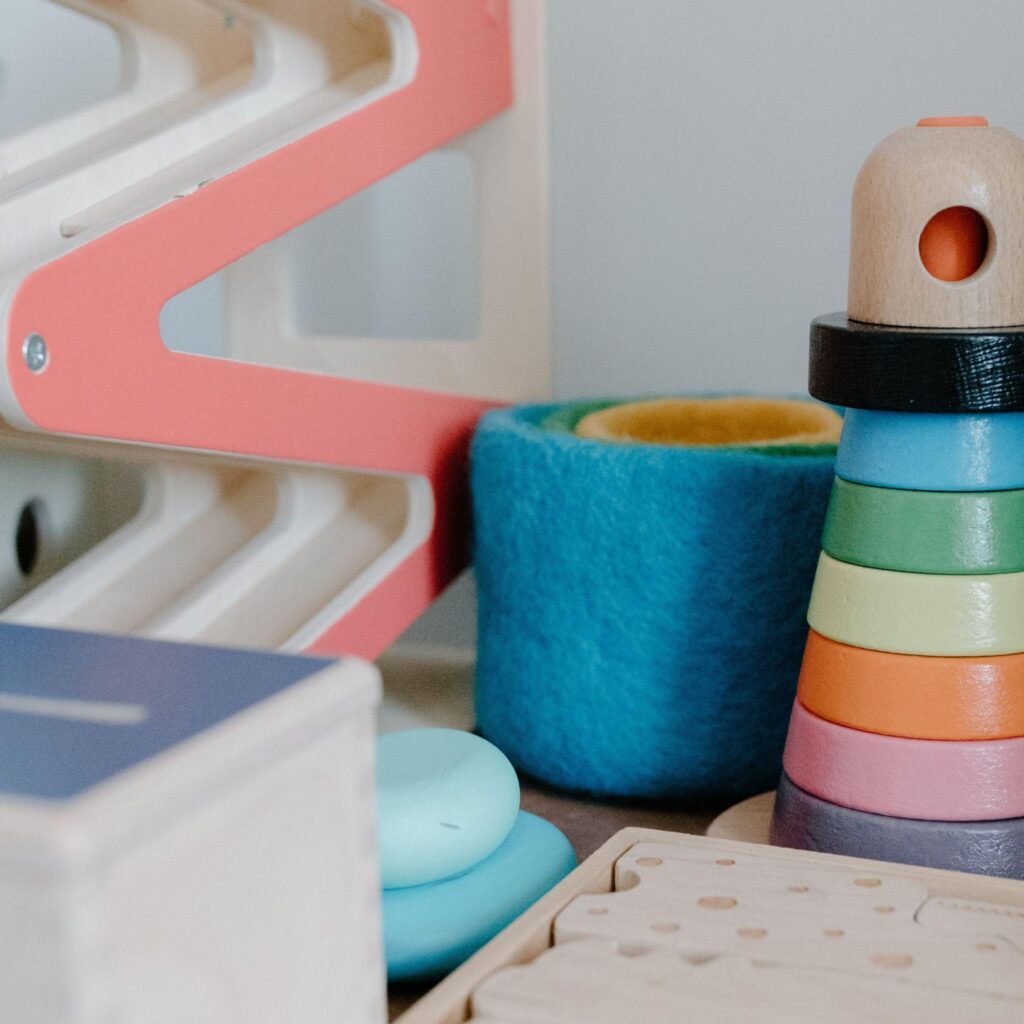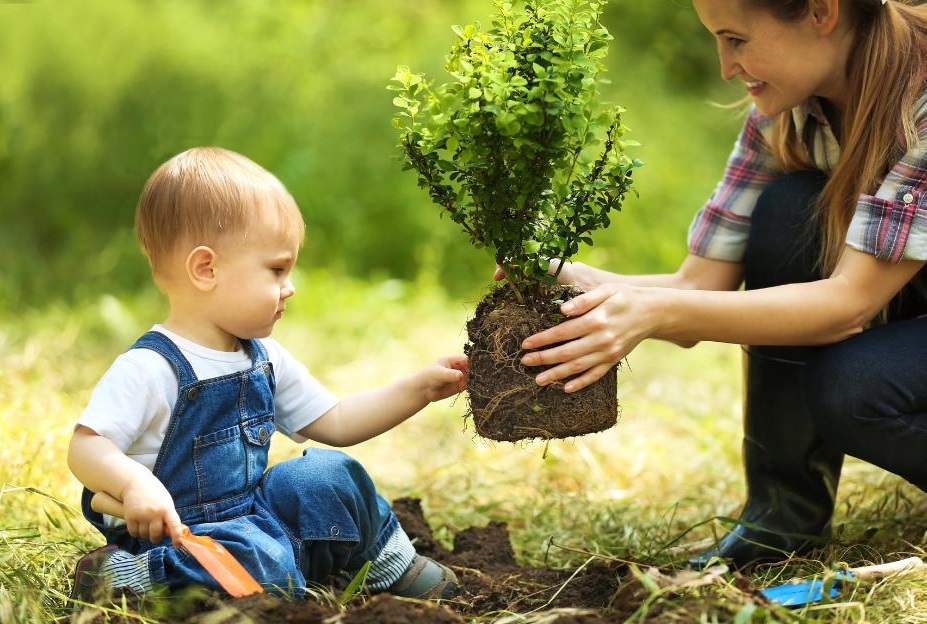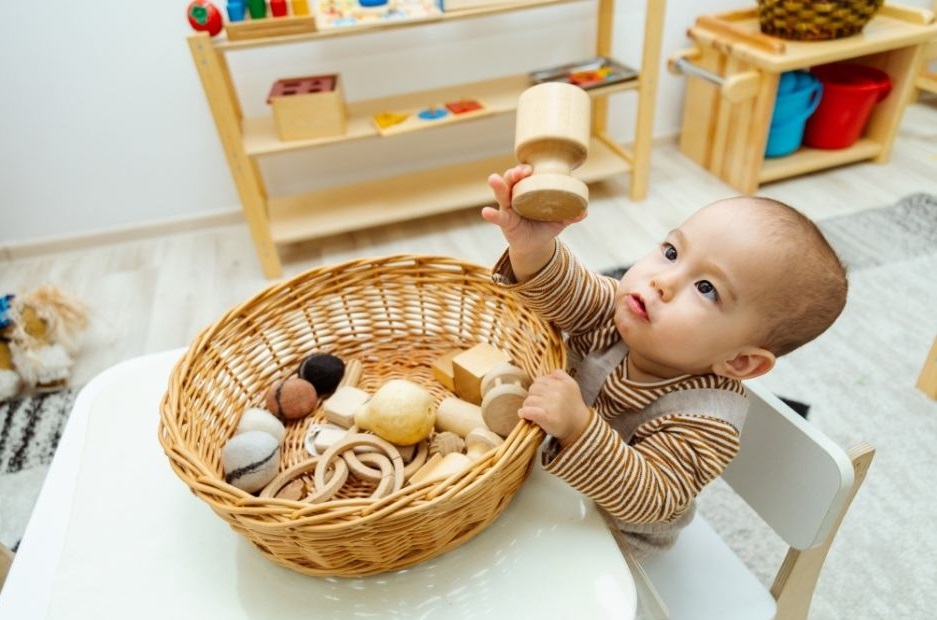Do Montessori toys need to be wooden? Is a doll house aligned with Montessori? Can I introduce a sensory bin to my child if I practice Montessori?
Perhaps these are all questions you’ve pondered somewhere along your Montessori journey.
When deciding to implement the Montessori Method in the home, parents and caregivers often develop the misconception that Montessori “toys” are essential to adopting practices and embracing the philosophy and get caught up on which toys are acceptable and which are not. Although Dr. Montessori developed specific materials that were carefully designed with the child’s growth and learning in mind, these activities are only one component of Montessori.
With that being said, there are clear distinctions between what makes a toy or activity aligned with Montessori principles and those which may be marketed as “Montessori” and do not fit in with the ideals for children’s’ learning materials that Dr. Montessori proposed.
“You will be surprised when I tell you that the greater part of what you call ‘play’ is really work.”
Maria Montessori
Dr. Montessori strongly believed that children enjoyed engaging in meaningful work. Even when using activities intended for play, she urged that they approached each and every activity with purpose. For this reason, each material she introduced in her classrooms were carefully developed with a specific intent.
The term “toy” seems to contradict these beliefs Dr. Montessori held about the value of introducing activities to children to help them master skills. However, if activities follow a few basic principles that are central to Montessori philosophy, they can be considered aligned:
- Focusing on one skill
- Self-correcting
- Realistic
- Simple
- Natural (preferred, but not required)
Montessori toys focus on one skill
Toys that isolate a single skill draw a child in as they are interested in working to learn how to engage with the material. This focus on a single skill also helps to ensure the child does not feel overwhelmed, eliminating elements that might be confusing or distracting. Popular toys might simultaneously teach children stacking, the alphabet, and colors, where Montessori toys would focus on each of these skills separately. This skill isolation helps children develop concentration and independence.
Montessori toys are self-correcting
Montessori toys should allow the child to be independent, prompting them to use their creativity to explore and solve problems on their own. A self-correcting toy is one that gives the child immediate feedback about whether or not it is being done correctly. Adult interaction is not needed for the child to determine if they have used the toy correctly; instead, there is some element in the design that tells the child this information as there is only one correct way for the material to be used. Self-correcting materials are so important for children as they allow them to develop their independence, fosters a sense of problem-solving, and boosts their self-confidence.
Montessori toys are realistic
Maria Montessori believed that young children are so enamored with the world in which they live that this fascination should be used when introducing materials. She observed that until children reach the age of 6, they are unable to distinguish fantasy from reality. For this reason, Montessori toys should focus on realism. Books should include real images. Children should be allowed to explore real fruits and vegetables instead of playing with fake food. Animal and car figurines should mimic real examples.
The use of realistic figurines is a great way to introduce plastic toys. Since plastics can be shaped into very detailed objects, they are able to offer very realistic representations of vehicles, animals, and other figures that are very popular with young children.
Montessori toys are simple
Young children are drawn to simplicity. They learn best from direct, clear information. Toys that do not have distracting visuals or details will allow a child to develop a strong sense of order and concentration.
Explore the fundamentals of Montessori parenting with this free video by Sylvia Arotin, offering insights and strategies to empower and educate your child.
Montessori toys are natural
Dr. Montessori observed that children are intrigued by the beauty in nature and believed it was important to provide them rich, sensorial experiences that connected them to the natural world. The benefit of using natural materials such as wood, metal, and glass is that it allows the child to gain a better understanding of their world as these materials provide wonderful stimuli for the senses through weight, taste, texture, size, and shape.
It is a misconception, however, that Montessori toys need to be made from wood. There are many other natural materials that are equally as beneficial.
It is ok to introduce toys not aligned with Montessori if you choose
It is important to mention that if your child enjoys playing with a toy that may not be considered aligned with Montessori, that is ok! It is absolutely fine to incorporate activities that are non-traditional to the Montessori Method in your home if it appeals to your child’s interests and meets their needs. After all, one of the most important foundational principles of Montessori philosophy is to follow the child, so trust your instincts and follow your child doing what feels best for them and their growth.






